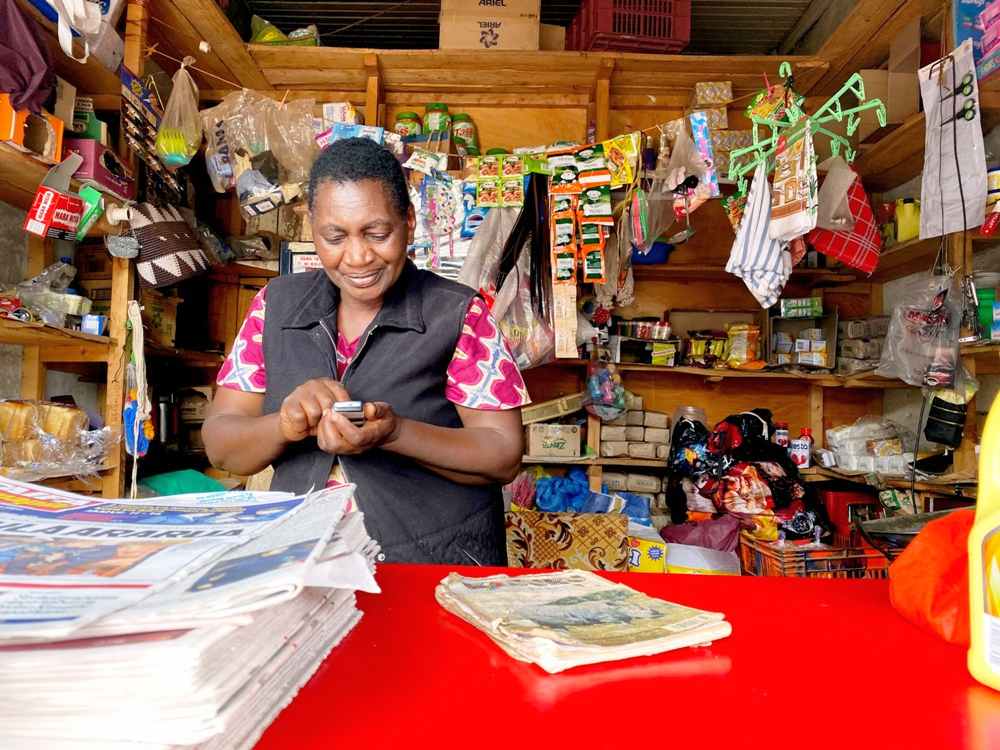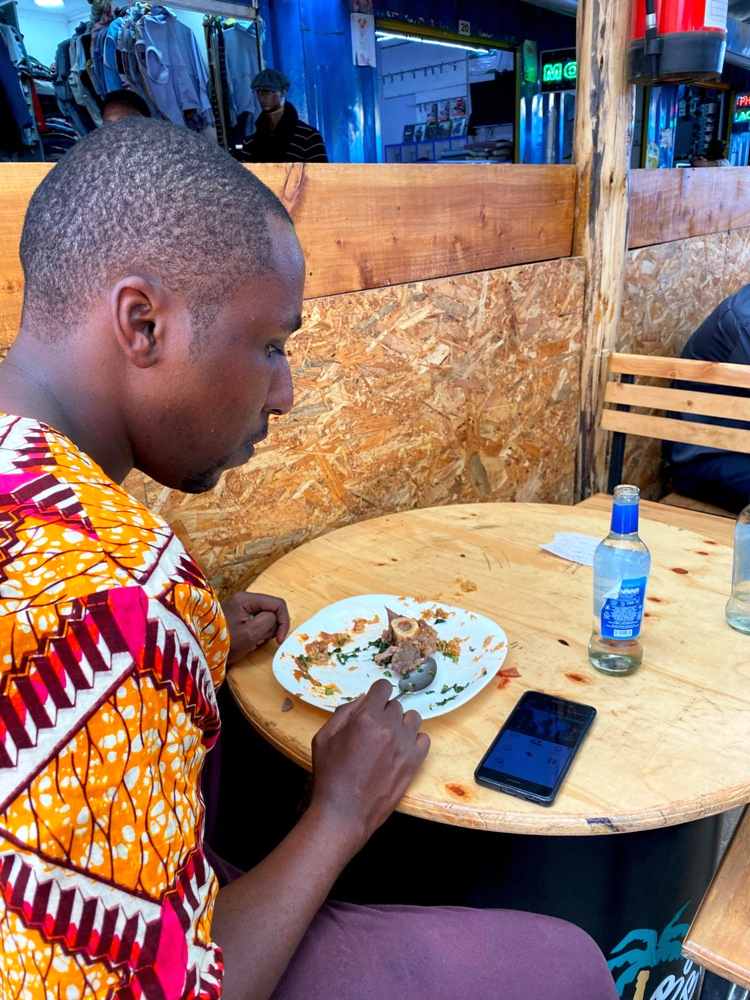 Africa’s 1.3 billion people have more disposable income than ever before. In fact, it has been estimated that household consumption in Africa will reach $2.5 trillion by 2030, yet the market remains largely under-utilized by global brands. With such strong projected growth on the horizon, the time is nigh for market research.
Africa’s 1.3 billion people have more disposable income than ever before. In fact, it has been estimated that household consumption in Africa will reach $2.5 trillion by 2030, yet the market remains largely under-utilized by global brands. With such strong projected growth on the horizon, the time is nigh for market research.
However, organizations interested in expansion may run into challenges when conducting market research in Africa. Research projects utilizing traditional methods, like face-to-face surveys, are expensive and logistically complicated to run in Africa. Because of these challenges, those embarking on research projects in Africa must follow a well outlined research process.
Since 2012, GeoPoll has remotely conducted research in markets throughout sub-Saharan Africa. GeoPoll uses a unique mobile phone-based methodology to remotely conduct survey research in Africa in near real time, which allows for more affordable survey research projects with diverse samples of respondents. In this post, we will share GeoPoll’s expert knowledge on the 9 essential steps for conducting survey research through the mobile phone in Africa.
1. Desk Research
Every research study, regardless of the topic, should begin with desk research. It is important to understand exactly what other information is available about a particular topic before gathering your own. The information that is found during this stage will guide an efficient and high-quality research study.
2. Decide upon research objectives
Next, research objectives need to be formulated with special consideration to the information gathered through background research. Generally speaking, it is best to have a few specific research objectives rather than many general ones. Refining research objectives to represent the most important takeaways you wish to receive from a study will aid in the development of a questionnaire that will produce the most effective data.
3. Define the audience
Defining an audience is choosing parameters for what types of people the study will target. It is important to take time considering the findings from the background research and the information you wish to gather in a study while defining an audience because it will frame the context of the data collected.
4. Determine sample requirements
Determining sample requirements is similar to defining an audience, except sample requirements provide more detail on a study’s audience. For example, if an audience was defined as whiskey drinkers between the ages of 18-22, the sample requirements could be along the lines of: 500 total respondents with an equal split by gender, age, and location. These pre-determined sample requirements then become quotas for the survey completes gathered to ensure that the sample is as diverse or homogenous as the study requires.
5. Select survey mode
In order to select the proper survey mode, information on the target audience and sample requirements for the study from steps 3 and 4 will be crucial. The mode best fit for a project will be determined by the target audience’s location, socioeconomic status, technology access, literacy rate, and more.
Survey mode selection can be one of the most complex aspects of the mobile based research process. For this reason, GeoPoll research experts often provide guidance to clients that are not very familiar with mobile research methods for emerging markets. More information on GeoPoll’s mobile survey research modes and considerations for choosing the mode best fit can be found here.
6. Ensure feasibility
After the aspects of the project mentioned above are determined, it is necessary to check if the project is feasible for the cost, mode, and audience specified. For extremely granular audiences, a feasibility test may determine that the cost to reach X number of respondents will be high due to a low incidence rate. In these cases, the sample requirements, mode, or budget may need to be reconsidered. This process is one that GeoPoll performs before moving forward with all research projects.

7. Questionnaire development
Finally, it is time for questionnaire development. All of the information gathered from steps 1-5 will be especially useful in this step. Research objectives will guide what topics are included in the survey, sample requirements will determine screener questions used, and desk research will help guide how questions are worded and what questions are asked. The mode of research to be used will also significantly impact how the questionnaire is written because each research mode has different capabilities and limitations.
Questionnaire development can be a difficult task and due to the importance of the result, GeoPoll research experts often help clients with the process. Assistance is available at varying levels based on client needs. For example, GeoPoll may provide advice on question wording that may help avoid bias or may be a better fit for a
particular culture on one project. On another project, GeoPoll’s research experts may write the entire questionnaire for a client. In other cases, clients may request no changes or advice be given on the questionnaire. Whatever the project needs are, GeoPoll is happy to provide as much or as little assistance as you like.
8. Running the survey and compiling results
GeoPoll handles this step with special consideration of all of the nuances of the project determined through step 1-7.
9. Data analysis
This final step is just as important as every step before it. Data analysis is when survey responses come to life and become useable information. If the data collection process was conducted thoughtfully, the resulting data should clearly fulfill the research objectives, which would make data analysis an easy task. In complex studies, data analysis may require more expert input on what the takeaways from the study are. In such cases, GeoPoll’s research experts often assist clients with data analysis by providing detailed reports on the key insights that were seen in survey results.
Takeaways
Conducting survey research through the mobile phone requires attention to detail in each of the nine steps of the process, which is why GeoPoll research experts are always available to provide assistance. Ensure your project runs smoothly, contact us today to learn more about how GeoPoll can help your team gather high quality data in near real time.



